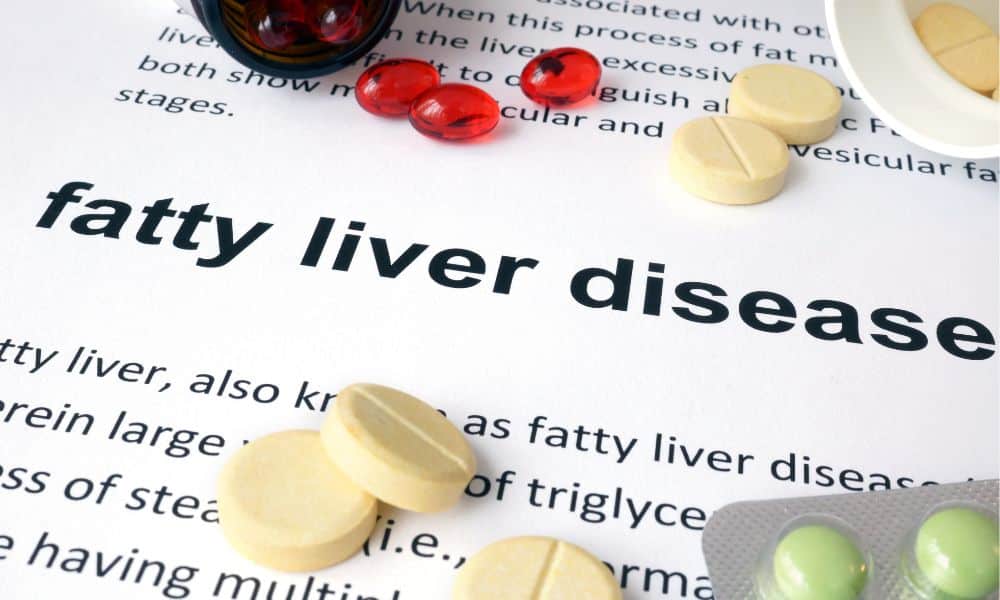Constipation is a common issue that affects people of all ages. It can be uncomfortable, but fortunately, one of the most effective treatments is as simple as changing your diet. High-fiber foods can help get your digestive system moving and improve bowel regularity. This article introduces a high-fiber foods chart specifically designed for those dealing with constipation and explains how to use it to your advantage.
Understanding Fiber and Constipation
Fiber is a type of carbohydrate that the body cannot digest. It comes in two forms: soluble, which dissolves in water, and insoluble, which does not. Both types are important for digestive health. Soluble fiber helps to soften the stool by drawing water into it, while insoluble fiber adds bulk to the stool, which helps it pass more quickly through the intestines.
High-Fiber Foods Chart
The following chart lists some of the highest fiber-containing foods, divided into categories, along with their fiber content per serving:
| Food Category | Food Item | Fiber Content (per serving) |
|---|---|---|
| Fruits | Raspberries | 8g per cup |
| Pears | 5.5g per medium fruit | |
| Vegetables | Artichokes | 10.3g per medium artichoke |
| Green peas | 8.8g per cup | |
| Legumes | Lentils | 15.6g per cup (cooked) |
| Black beans | 15g per cup (cooked) | |
| Grains | Bran flakes | 7g per cup |
| Quinoa | 5g per cup (cooked) | |
| Nuts/Seeds | Chia seeds | 10.6g per ounce |
| Almonds | 3.5g per ounce |
How to Use the Chart
To effectively use this chart to combat constipation, follow these steps:
1. Identify Your Current Fiber Intake
Before making any dietary changes, it’s important to know where you stand. Keep a food diary for a few days and note the fiber content of the foods you eat.
2. Gradually Increase Fiber
Sudden increases in fiber can lead to gas, bloating, and cramps. Instead, add fiber to your diet gradually, giving your body time to adjust.
3. Aim for Variety
Don’t just focus on one or two high-fiber foods. A varied diet will not only help prevent constipation but also provide a range of other nutrients.
4. Pay Attention to Portions
Use the chart to determine appropriate serving sizes to avoid excessive calorie intake.
5. Stay Hydrated
As you increase your fiber intake, it’s crucial to drink plenty of water. Fiber works best when it absorbs water, making the stool soft and bulky.
6. Listen to Your Body
Everyone’s digestive system is different. Pay attention to how your body responds to different foods and adjust accordingly.
7. Combine with Other Constipation Remedies
While a high-fiber diet can greatly help with constipation, sometimes you may need additional remedies like exercise or over-the-counter treatments.
Conclusion
Using a high-fiber foods chart is a practical and effective way to manage constipation. By understanding the types of fiber and their benefits, you can create a diet that keeps your digestive system running smoothly. Remember, if you have chronic constipation, it’s always best to consult with a healthcare provider to rule out any underlying conditions.
Regularly incorporating a variety of these high-fiber foods into your meals can lead to significant improvements in bowel health. It’s important to make dietary changes with care and to consider your overall nutrition and lifestyle for the best results. With the guidance of the high-fiber foods chart and a mindful approach to eating, you can ease constipation and maintain digestive wellness.





Pretty! This has been a really wonderful post. Many thanks for providing these details.